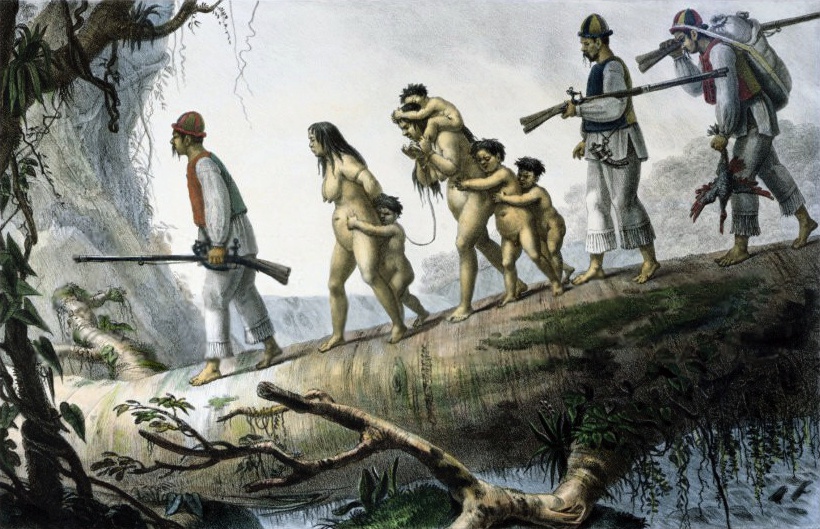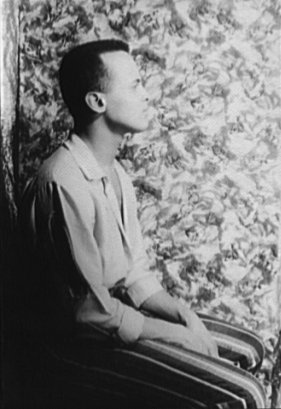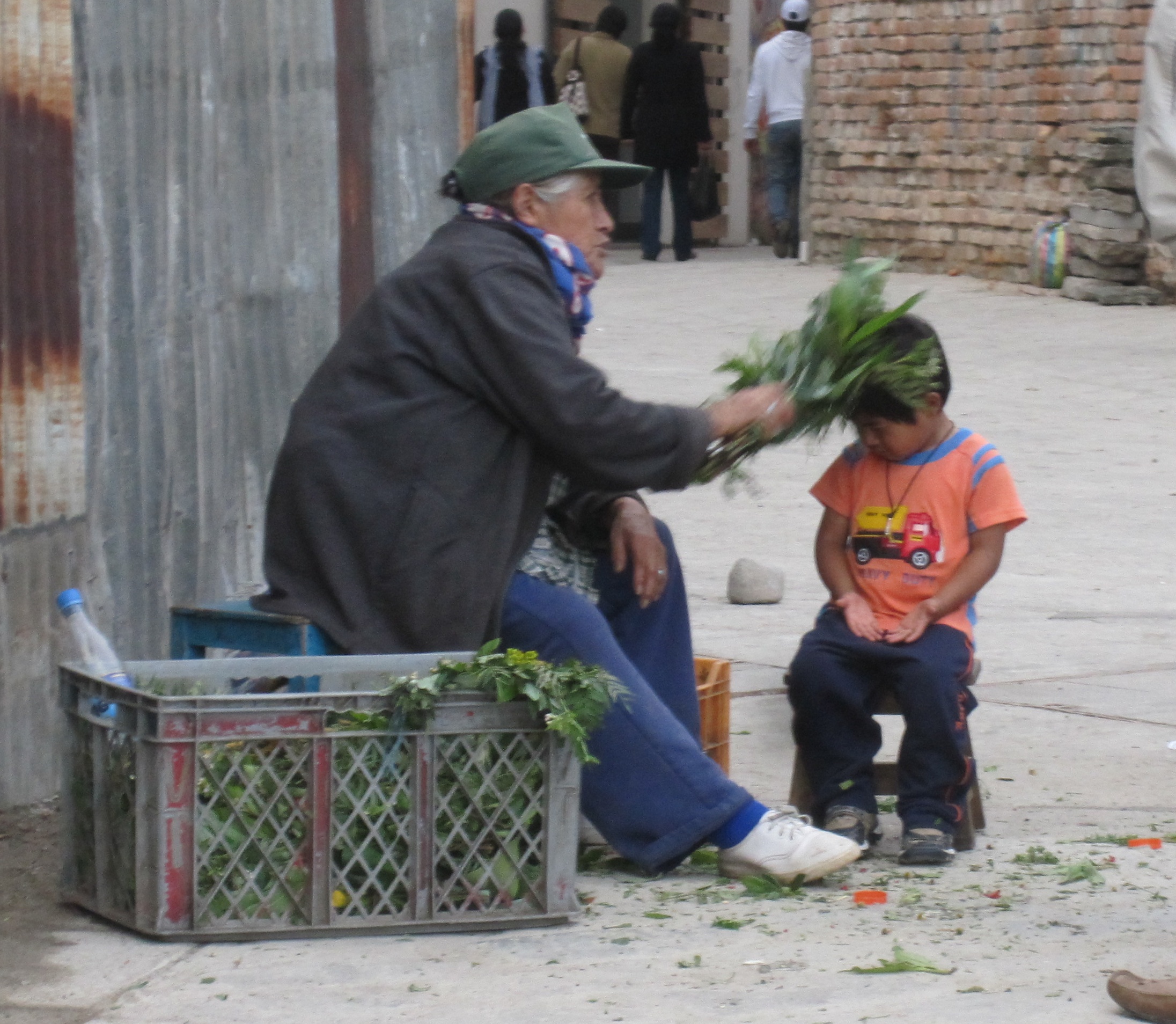|
Maraca
A maraca ( , , ), sometimes called shaker or chac-chac, is a rattle which appears in many genres of Caribbean and Latin music. It is shaken by a handle and usually played as part of a pair. Maracas, also known as tamaracas, were rattles of divination, an oracle of the Brazilian Tupinamba people, found also with other Indigenous ethnic groups, such as the Guarani, Orinoco and in Florida. Rattles made from ''Lagenaria'' gourds are being shaken by the natural grip, while the round '' Crescentia'' calabash fruits are fitted to a handle. Human hair is sometimes fastened on the top, and a slit is cut in it to represent a mouth, through which their shamans (''payes'') made it utter its responses. A few pebbles are inserted to make it rattle and it is crowned with the red feathers of the ( scarlet ibis). It was used at their dances and to heal the sick. Andean curanderos (healers) use maracas in their healing rites. Modern maraca balls are also made of leather, wood or plastic. ... [...More Info...] [...Related Items...] OR: [Wikipedia] [Google] [Baidu] |
Machito
Frank Grillo (born Francisco Raúl Gutiérrez Grillo; December 3, 1909 – April 15, 1984) known professionally as Machito (previously as Macho), was a Latin jazz musician who helped refine Afro-Cuban jazz and create both Cubop and salsa music. Ginell, Richard S. ''Biography''. Allmusic, 2011/ref> He was raised in Havana with his sister, singer Graciela. In New York City, Machito formed the Afro-Cubans in 1940, and with Mario Bauzá as musical director, brought together Cuban rhythms and big band arrangements in one group. He made numerous recordings from the 1940s to the 1980s, many with Graciela as singer. Machito changed to a smaller ensemble format in 1975, touring Europe extensively. He brought his son and daughter into the band, and received a Grammy Award in 1983, one year before he died. Machito's music had an effect on the careers of many musicians who played in the Afro-Cubans over the years, and on those who were attracted to Latin jazz after hearing him. Georg ... [...More Info...] [...Related Items...] OR: [Wikipedia] [Google] [Baidu] |
Shekere
The shekere (from Yoruba Ṣẹ̀kẹ̀rẹ̀) is a percussion instrument consisting of a dried gourd with beads or cowries woven into a net covering the gourd. There are multiple ways to produce sounds with the instrument. It can be shaken or hit against the hand. The instrument can also rest in the palm of one hand while other hand holds the handle of the gourd. A twisting wrist motion is used so that the gourd moves while beads remain in place causing friction and sound different than when the instrument is simply shaken or struck. The shekere originated in Yorubaland West Africa, which comprises the countries of Nigeria, Benin, and Togo. While originating with the Yoruba people, the instrument is common throughout West Africa and Latin America and is central to folk music traditions of many cultures as well as well as being utilized within some popular music styles. In Ghana the instrument is referred to as axatse. In Latin America the instrument is commonly known as caba ... [...More Info...] [...Related Items...] OR: [Wikipedia] [Google] [Baidu] |
Guaraní People
The Guarani are a group of culturally-related Indigenous peoples of South America. They are distinguished from the related Tupi people, Tupi by their use of the Guarani language. The traditional range of the Guarani people is in what is now Paraguay between the Paraná River and lower Paraguay River, the Misiones Province, Misiones Province of Argentina, southern Brazil once as far east as Rio de Janeiro, and parts of Uruguay and Bolivia. Although their demographic dominance of the region has been reduced by European colonization of the Americas, European colonisation and the commensurate rise of mestizos, there are contemporary Guarani populations in Paraguay and parts of Argentina and Bolivia. Most notably, the Guarani language, still widely spoken across traditional Guarani homelands, is one of the two official languages in Paraguay, the other one being Spanish. The Paraguayan population learns Guarani both informally from social interaction and formally in public schools. In ... [...More Info...] [...Related Items...] OR: [Wikipedia] [Google] [Baidu] |
Orchestral Percussion Instruments
An orchestra (; ) is a large instrumental ensemble typical of classical music, which combines instruments from different families. There are typically four main sections of instruments: * String instruments, such as the violin, viola, cello, and double bass * Woodwinds, such as the flute, oboe, clarinet, bassoon, and occasional saxophone * Brass instruments, such as the French horn (commonly known as the "horn"), trumpet, trombone, cornet, and tuba, and sometimes euphonium * Percussion instruments, such as the timpani, snare drum, bass drum, cymbals, triangle, tambourine, tam-tam and mallet percussion instruments Other instruments such as the piano, harpsichord, pipe organ, and celesta may sometimes appear in a fifth keyboard section or may stand alone as soloist instruments, as may the concert harp and, for performances of some modern compositions, electronic instruments, and guitars. A full-size Western orchestra may sometimes be called a or philharm ... [...More Info...] [...Related Items...] OR: [Wikipedia] [Google] [Baidu] |
Unpitched Percussion Instruments
An unpitched percussion instrument is a percussion instrument played in such a way as to produce sounds of indeterminate pitch, or an instrument normally played in this fashion. Unpitched percussion is typically used to maintain a rhythm or to provide accents, and its sounds are unrelated to the melody and harmony of the music. Within the orchestra, unpitched percussion is termed auxiliary percussion, and this subsection of the percussion section includes all unpitched instruments of the orchestra however they are played, for example the pea whistle and siren. A common and typical example of an unpitched instrument is the snare drum, which is perceived as unpitched for three reasons: * The snares produce sounds similar to white noise, masking definite frequencies. * The drum heads produce inharmonic sounds. * The strongest frequencies that are present are unrelated to pitched sounds produced by other instruments in the ensemble. Although the drum is ''tuned'' by the player, ... [...More Info...] [...Related Items...] OR: [Wikipedia] [Google] [Baidu] |
Monguito
Ramón Quián (died May 26, 2006), better known as Monguito "El Único", was a Cuban vocalist, bandleader, producer and composer. An Afro-Cuban sonero, he had a simple improvising style with a distinctive nasal voice. Career Monguito performed with Orquesta Mazzuet in his native town before relocating to Havana, where he sang with Orquesta Modernista and Conjunto Modelo. In the 1950s, Monguito el Único moved to Mexico. There he worked with Pepe Arévalo y Sus Mulatos and appeared in three movies. In 1962, Monguito moved to New York City, and began singing with Orquesta Broadway. He made his first recording, the album '' Primitivo'', with Arsenio Rodríguez in 1963 for the Roost Records label. Monguito el Único was a member of Johnny Pacheco's conjunto in the mid-1960s, alternating lead vocals with the Puerto Rican singer Chivirico Dávila. In 1967, he made his Fania solo debut with ''Johnny Pacheco Presents Monguito''. His debut on SAR Records, produced by Roberto Torres, wa ... [...More Info...] [...Related Items...] OR: [Wikipedia] [Google] [Baidu] |
List Of Caribbean Music Genres
Caribbean music genres are very diverse. They are each synthesis of Music of Africa, African, European, Asian and Indigenous peoples of the Americas, Indigenous influences, largely created by descendants of African enslaved people (see Afro-Caribbean music), along with contributions from other communities (such as Indo-Caribbean music). Some of the styles to gain wide popularity outside the Caribbean include, Bachata (music), bachata, Merengue music, merengue, Palo (flamenco), palo, mambo (music), mambo, Baithak Gana, baithak gana, bouyon music, bouyon, cadence-lypso, calypso music, calypso, Soca music, soca, Chutney music, chutney, chutney-soca, compas, dancehall, jing ping, Parang music, parang, pichakaree, punta, ragga, reggae, dembow, reggaeton, salsa music, salsa, and zouk. Caribbean music is also related to Central American and South American music. The history of Caribbean music originates from the history of the Caribbean itself. That history is one of the native land inv ... [...More Info...] [...Related Items...] OR: [Wikipedia] [Google] [Baidu] |
Curandero
A ''curandero'' (, "healer"; f. , also spelled , , f. ) is a traditional native healer or shaman found primarily in Latin America and also in the United States. A curandero is a specialist in traditional medicine whose practice can either contrast with or supplement that of a practitioner of Western medicine. A curandero is claimed to administer shamanistic and spiritistic remedies for mental, emotional, physical and spiritual illnesses. Some curanderos, such as Don Pedrito, the Healer of Los Olmos, make use of simple herbs, waters, or mud to allegedly effect their cures. Others add Catholic elements, such as holy water and pictures of saints; San Martin de Porres for example is heavily employed within Peruvian ''curanderismo''. The use of Catholic prayers and other borrowings and lendings is often found alongside native religious elements. Many curanderos emphasize their native spirituality in healing while being practicing Catholics. Still others, such as Maria Sabina, emp ... [...More Info...] [...Related Items...] OR: [Wikipedia] [Google] [Baidu] |
Hand Percussion
Hand percussion is a percussion instrument that is held in the hand. They can be made from wood, metal or plastic, and are usually shaken, scraped, or tapped with fingers or a stick. It includes all instruments that are not drums, or any instrument that is a pitched percussion instrument, such as the marimba or the xylophone. Types Shakers A shaker (percussion) is any instrument that sounds when shaken. Historically, naturally occurring items such as seed pots were the first shakers. A caxixi is a basketwork shaker made from a gourd. Gourds are used all over the world, covered with a net with shells or seeds to create an instrument such as the ''shekere''. Modern shakers are often cylinders made from metal, wood, or plastic containing small hard items such as seeds, stones, or plastic - an example is the Egg Shaker, egg shaker. Another category of shaken instrument uses jingles, discs of metal tap together when shaken. Tambourines also fall into this category, using several ... [...More Info...] [...Related Items...] OR: [Wikipedia] [Google] [Baidu] |
Vessel Rattles
Vessel(s) or the Vessel may refer to: Biology *Blood vessel, a part of the circulatory system and function to transport blood throughout the body *Lymphatic vessel, a thin walled, valved structure that carries lymph *Vessel element, a narrow water transporting tube in plant Containers *Bowl (vessel), a common open-top container *Drinking vessel, for holding drinkable liquids *Pressure vessel, designed to hold fluids at a pressure different from the ambient pressure Watercraft *Watercraft, also known as a ''vessel'', a water-borne conveyance Arts and entertainment Film and television * ''Vessel'' (film), a 2014 documentary film by Diana Whitten * ''The Vessel'' (film), a 2016 film starring Martin Sheen * ''The Vessel'' (web series), a 2012 British comedy web series * "Vessels" (''Helstrom''), an episode of ''Helstrom'' * "The Vessel" (''The Outer Limits''), a television episode Music Performers * Vessels (band), a British post-rock and electronic band * Vessel (solo artist), B ... [...More Info...] [...Related Items...] OR: [Wikipedia] [Google] [Baidu] |
Central American And Caribbean Percussion Instruments
Central is an adjective usually referring to being in the center of some place or (mathematical) object. Central may also refer to: Directions and generalised locations * Central Africa, a region in the centre of Africa continent, also known as Middle Africa * Central America, a region in the centre of America continent * Central Asia, a region in the centre of Eurasian continent * Central Australia, a region of the Australian continent * Central Belt, an area in the centre of Scotland * Central Europe, a region of the European continent * Central London, the centre of London * Central Region (other) * Central United States, a region of the United States of America Specific locations Countries * Central African Republic, a country in Africa States and provinces * Blue Nile (state) or Central, a state in Sudan * Central Department, Paraguay * Central Province (Kenya) * Central Province (Papua New Guinea) * Central Province (Solomon Islands) * Central Province, Sri La ... [...More Info...] [...Related Items...] OR: [Wikipedia] [Google] [Baidu] |





